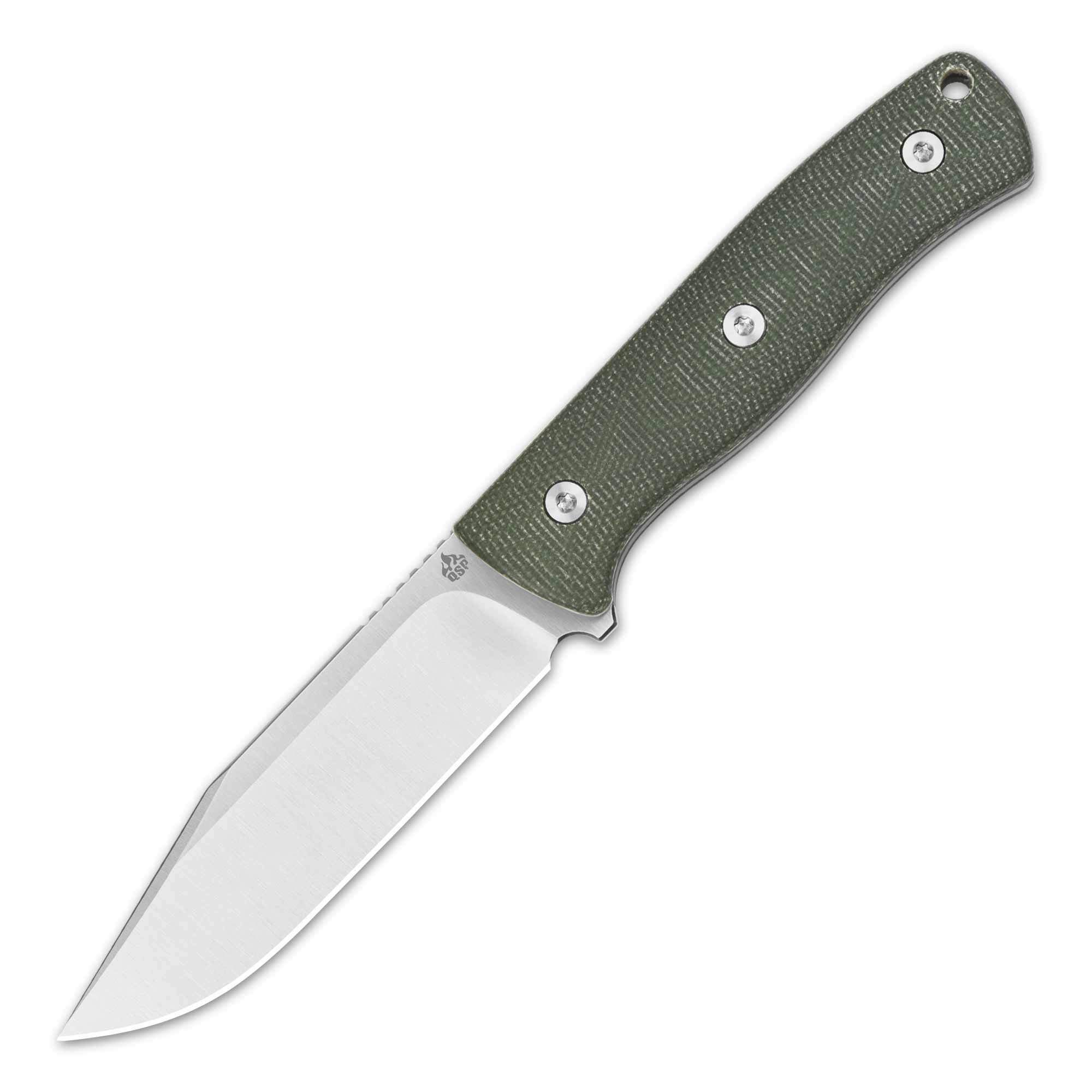The Essential Guide to Choosing the Perfect Fixed Blade Knife
الجسم
The Essential Guide to Choosing the Perfect Fixed Blade Knife
Introduction
Welcome to the essential guide to choosing the perfect fixed blade knife! Whether you are a seasoned outdoors enthusiast or someone looking for a reliable tool for everyday tasks, a fixed blade knife is a must-have. In this guide, we will explore the various factors to consider when selecting the perfect fixed blade knife for your needs.

Understanding Fixed Blade Knives
Fixed blade knives are knives that have a blade that extends directly from the handle and does not fold. They are known for their strength, durability, and versatility. Unlike folding knives, fixed blade knives do not have moving parts, making them more reliable in demanding situations. Consequently, fixed blade knives are popular among hunters, campers, survivalists, and military personnel.
Selecting the Blade Material
The choice of blade material is crucial when selecting a fixed blade knife. Different materials offer varying degrees of durability, sharpness, and corrosion resistance. Common blade materials include stainless steel, carbon steel, and high-carbon stainless steel.
For those seeking a balance between durability and corrosion resistance, stainless steel blades are an excellent choice. They require less maintenance and are less prone to rust. On the other hand, carbon steel blades are known for their exceptional strength and edge retention. However, they require regular care to prevent rust.
If you desire the best of both worlds, high-carbon stainless steel blades combine the strength of carbon steel with the corrosion resistance of stainless steel.
Choosing the Blade Shape
The blade shape plays a significant role in the functionality of a fixed blade knife. Different blade shapes excel in specific tasks.
A drop point blade is one of the most versatile blade shapes, offering a sharp point and a robust edge. It is suitable for a wide range of tasks, including slicing, piercing, and general utility work.
If you frequently engage in hunting or skinning game, a skinning blade with a curved edge is ideal. Its design allows for precise separation of the skin from the meat, minimizing waste.
For heavy-duty tasks such as chopping wood or batoning, a tanto or a clip point blade is preferred. Both blade shapes feature a strong tip and a thick spine, providing excellent strength and durability.
Considering Handle Materials
The handle material is a crucial factor to consider as it determines comfort, grip, and durability. Common handle materials for fixed blade knives include wood, synthetic materials like Micarta, and rubberized grips.
Wooden handles provide a classic and attractive aesthetic. However, they may require maintenance to prevent rotting or warping in moist or humid environments.
Synthetic materials like Micarta or G10 offer excellent grip, durability, and resistance to moisture. They are particularly suitable for outdoor use and for those who prefer a secure hold on their knife.
Rubberized grips provide a comfortable and secure grip, even in wet conditions. They are popular among divers, fishermen, and those who need to use their knife in water-related activities.
Conclusion
Choosing the perfect fixed blade knife is a personal decision that depends on your preferences and intended use. By considering the blade material, blade shape, and handle material, you can find a knife that will serve you well in various situations.









تعليقات